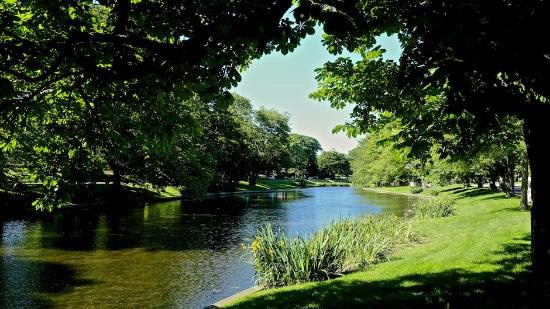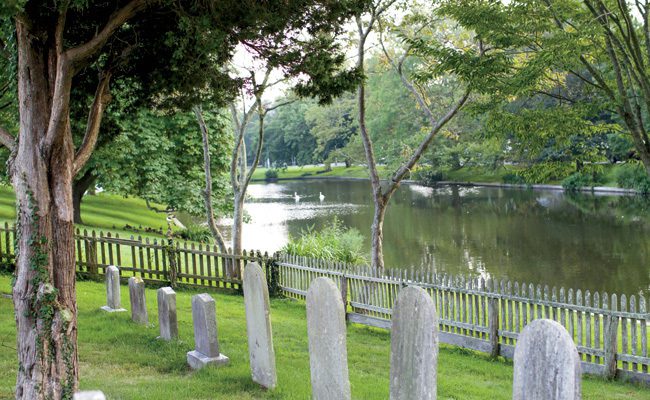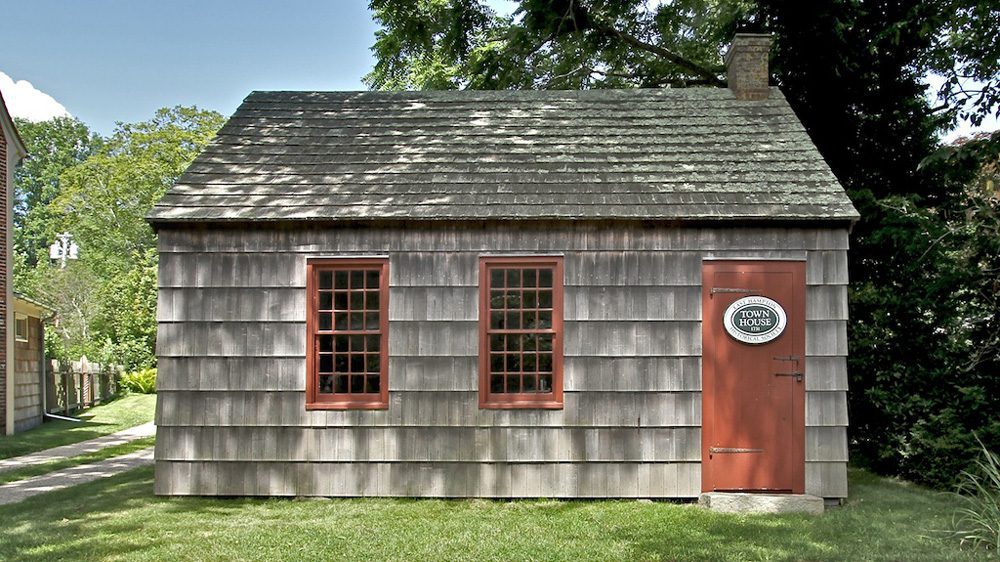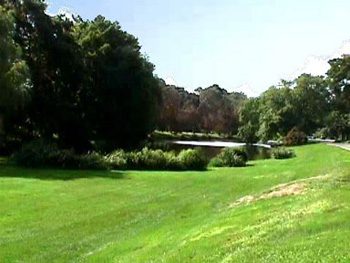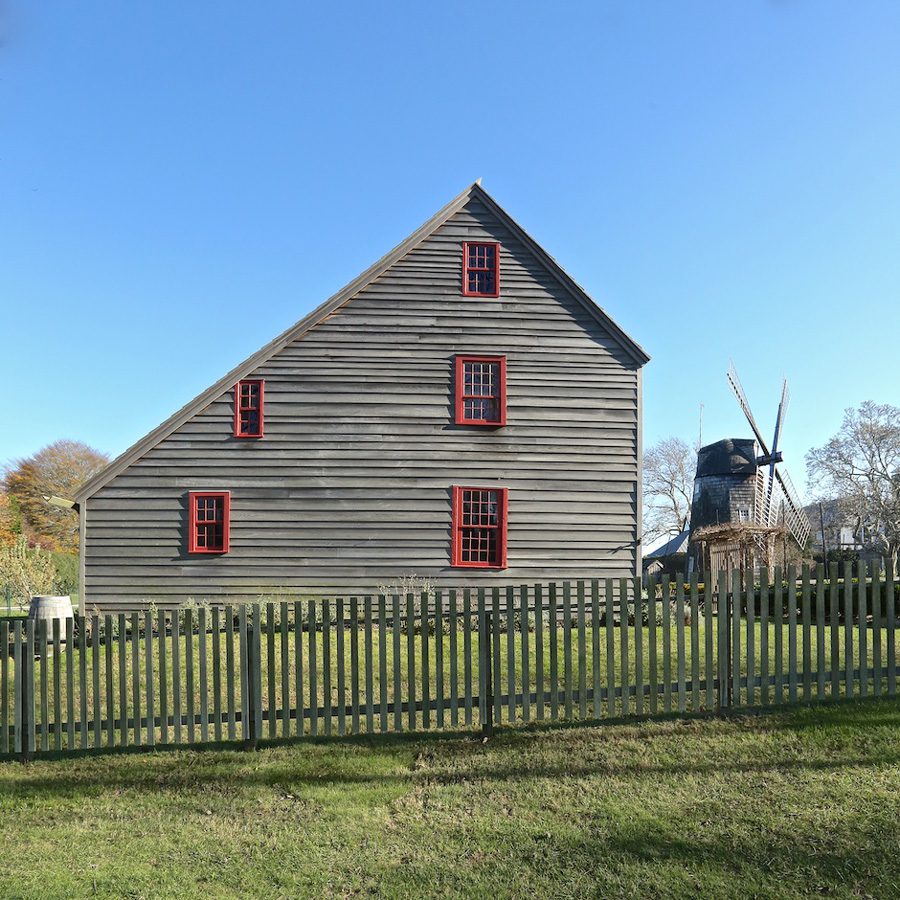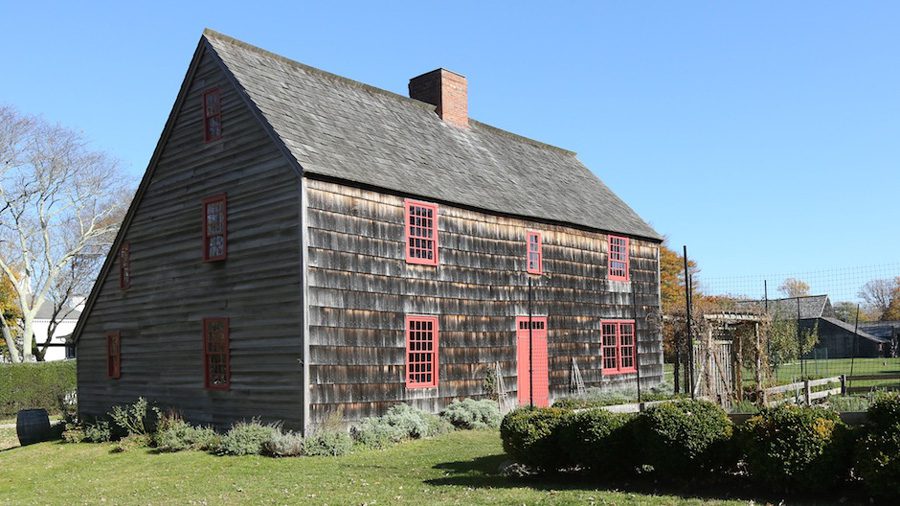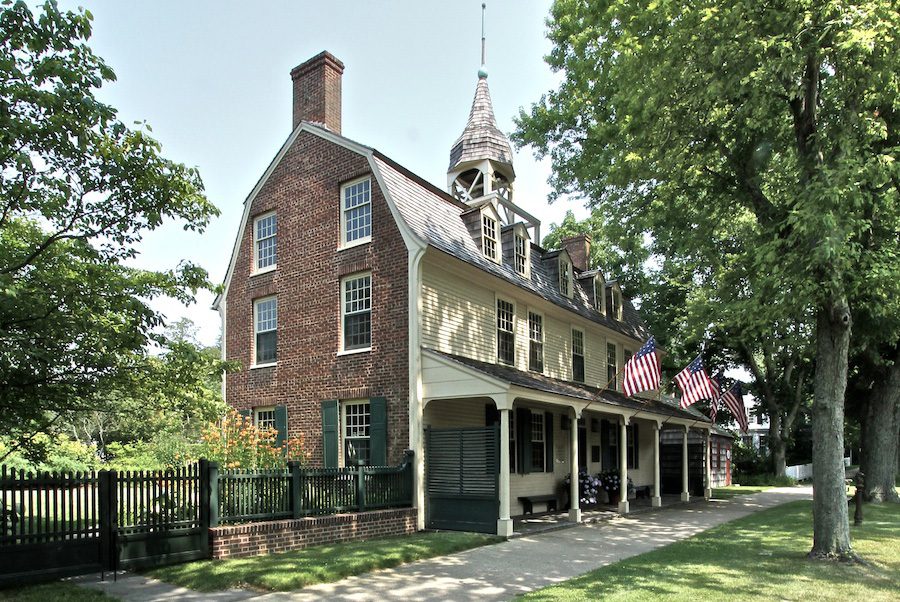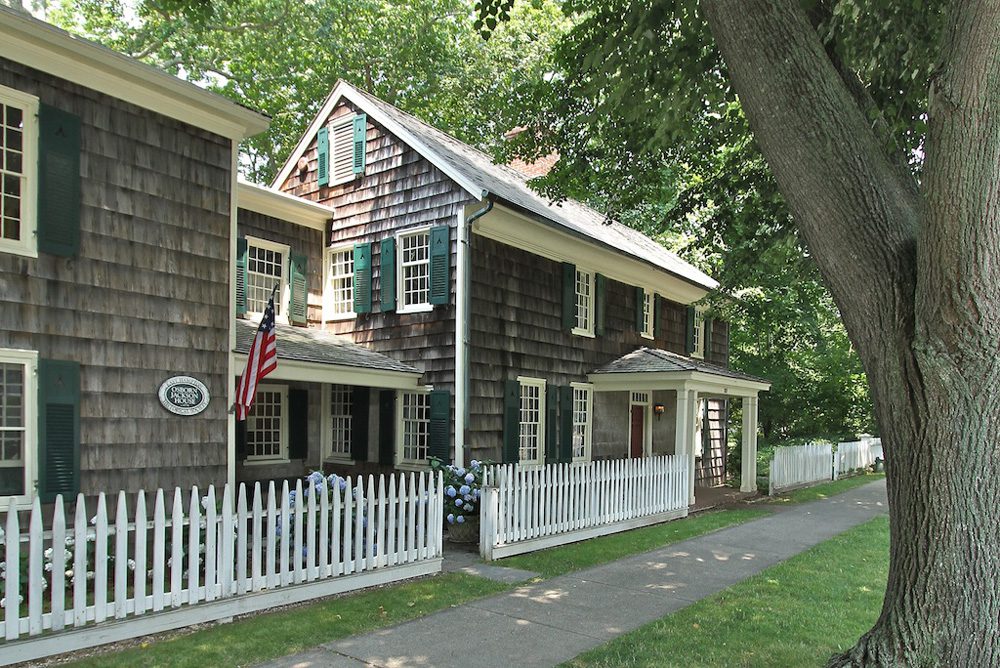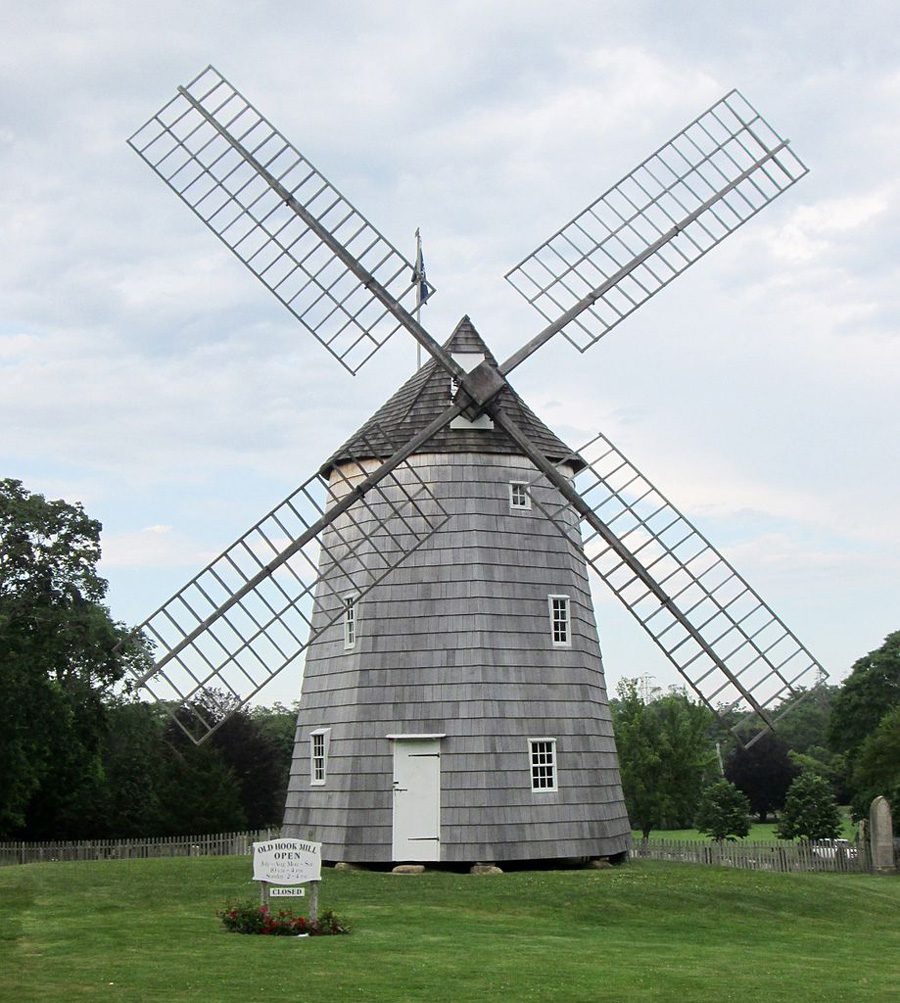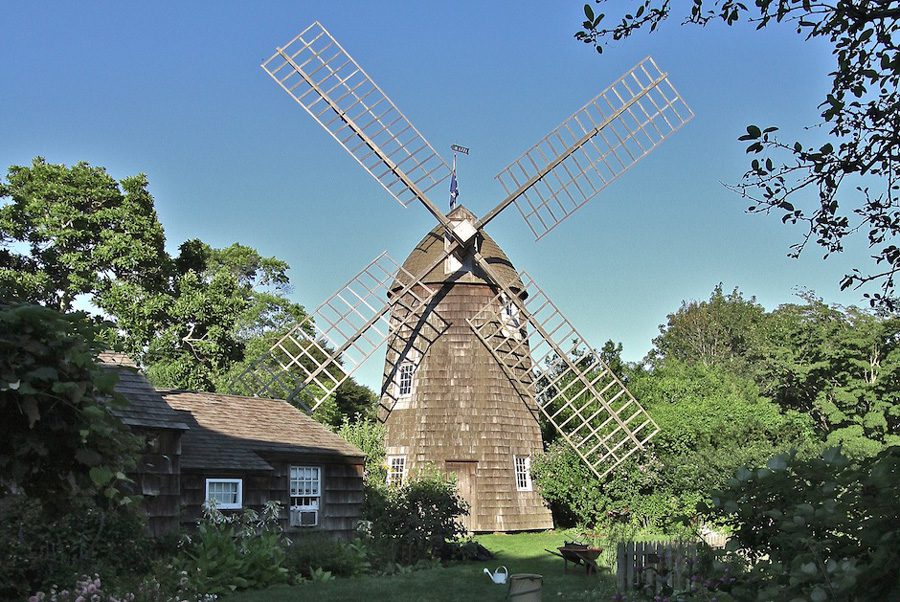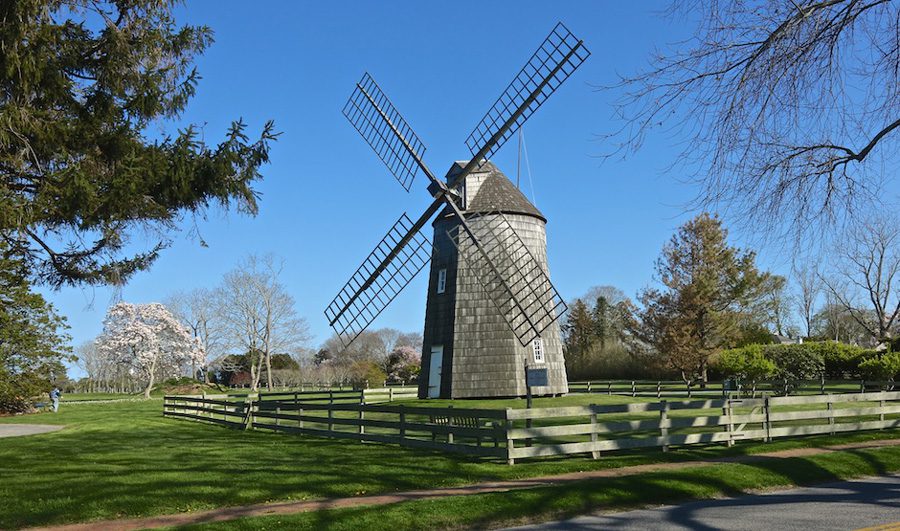
Village of East Hampton
Share this page
The Village Green
The Common, where village cattle once grazed, originally stretched from the edge of Town Pond to the Hook Mill Green. A cart track on one side of the green was the principal highway through town. Picket fences in front of the Main Street houses kept cattle from straying. The Green was paved in the business district in the early 1900’s. The lower portion was kept intact, and today forms the center of East Hampton’s Historic District.
Home Sweet Home
Once the childhood home of John Howard Payne, America’s theatrical superstar of the early 1800’s and author of the immortal song “Home Sweet Home,” this 17th century house has been the inspiration of countless authors and artists. It is open to visitors daily from 10:00 a.m. to 4:00 p.m. Featuring an extraordinary collection of furniture dating from three centuries ago as well as an early 19th century windmill, it is worth exploring with a guided tour.
Mulford Farm
For three centuries this house was the center of a working farm. In the late 1940’s the house was saved from destruction and given to the East Hampton Historical Society. Open during the summer months, Mulford Farm’s house and barn offer visitors a fascinating glimpse into East Hampton’s past.


